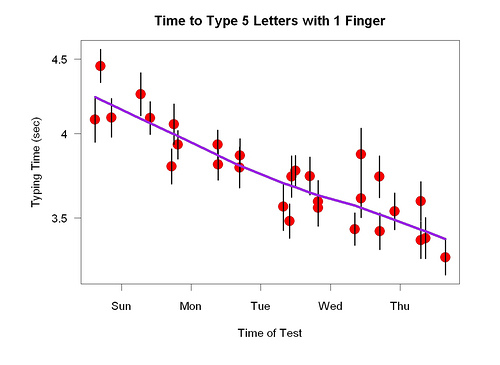I eat natto (fermented soybeans) once/day. Most of the natto I see in stores is from Japan (soybeans from America) but I found one local source: Japan Traditional Foods, in Sepastopol, California. Like many people I believe traditional diets are far healthier than modern ones. How can such diets, now almost extinct in rich countries, become popular again? To learn more about this, I interviewed the owner of Japan Traditional Foods, Minami Satoh.
How did your company begin?
I started it in 2006. We started to produce product in November 2008. So far natto is our only product. I went to business school at the Thunderbird School of Global Management, a private business school in Arizona, and graduated in 1983. After that, I worked for DuPont in Japan, but I wanted to work in the US. At DuPont, I did marketing of Teflon and Silverstone (a sister brand of Teflon). Then I worked for my father’s company selling wholesale steel pipe and tubes. I was successful but felt it was boring. I thought food would be more interesting. I acquired a small natto-making company (Yaguchi Foods ) in Japan in 2004 or 2005. The owner had died. His relatives sold it to me.
In 2004, I came to America to meet Malcolm Clark. He’s the great-grandson of Dr. Clark, who is very famous in Japan. Malcolm Clark was responsible for introducing shitake mushrooms to America. He owns Gourmet Mushrooms in Sebastopol and lives in Occidental. Natto is an unusual food, like shitake mushrooms. I thought he could give me good advice about how to start making natto or other possibilities. That’s why the company is in Sebastopol. When I met Clark, he was thinking of retiring. I bought a stake in Gourmet Mushrooms; now Gourmet Mushrooms helps Japan Traditional Foods sell natto. I moved here in June 2008 to manage this company.
Why natto?
Americans already eat tofu, soy sauce, miso, edaname, and soy milk — but no natto. Natto is more nutritious than the other forms of soy that we currently eat. It’s more nutritious because of fermentation. It has more vitamins. A enzyme found in natto called nattokinase dissolves blood clots. In Japan natto is a traditional health food. It is usually eaten at breakfast.
How is natto made?
You boil the soybeans in a steam basket. Spray with bascillus. Put the soybeans in a paper cup. Put the cups in a fermentation container for 20-24 hours. Take them out and put in packages. Then give to the distributor. If you ferment more than 20 hours, natto bascillus start to eat themselves, which produces ammonia. Most companies stop fermenting at that point to avoid ammonia. If fermented longer, it may smell of ammonia. Japanese accept this, but Americans may not.
How big is Japan Traditional Foods?
One person plus myself. I hired someone from my natto company in Japan. He makes artisanal natto. He handcrafts it.. We put it in the paper cups by hand.
How did you get distribution?
It wasn’t hard. There are two distributors, one for Los Angeles, the other for San Francisco. They specialize in Japanese markets. Now it’s in close to 30 stores, including Korean and Chinese stores. The Los Angeles distributor wanted to sell his stuff in New York but the shipping costs would have been too high. This summer we will start going to farmer’s markets. We’ll have a booth there to sell and sample. The goal is to educate and share recipes. We’ll be at the San Rafael Sunday market and the Ferry Building Tuesday lunchtime market. It’s a kind of test. We’re talking to distributors about getting the product into non-Japanese grocery stores, such as Berkeley Bowl and Whole Foods. From the farmer’s markets we hope to get feedback to improve the packaging, size, and recipes. We want to find the best ways to make the Western market receptive to natto. For example, we can sample it in different ways. In Japan, the most popular way to eat it is over rice with finely chopped green onions, often at breakfast. I’ve come up with many different recipes: with rice or bagel or lettuce or crackers. With different sauces and toppings.
What were the hard parts?
It was difficult to find a good temperature control system here; I had to import it from Japan. I also needed a big steam cooker, which I had to import. This was hard because it is prohibited to export them from Japan to other countries.
Your promotional leaflet says “stir natto more than twenty times” before eating it. Why?
We do not have any valid research on this. But somebody says stirring natto creates the “Fifth Taste” we call “umami.” Somebody else said that it gets the natto bacillus awake again with oxygen because the bacillus was sleeping in the refrigerator.
